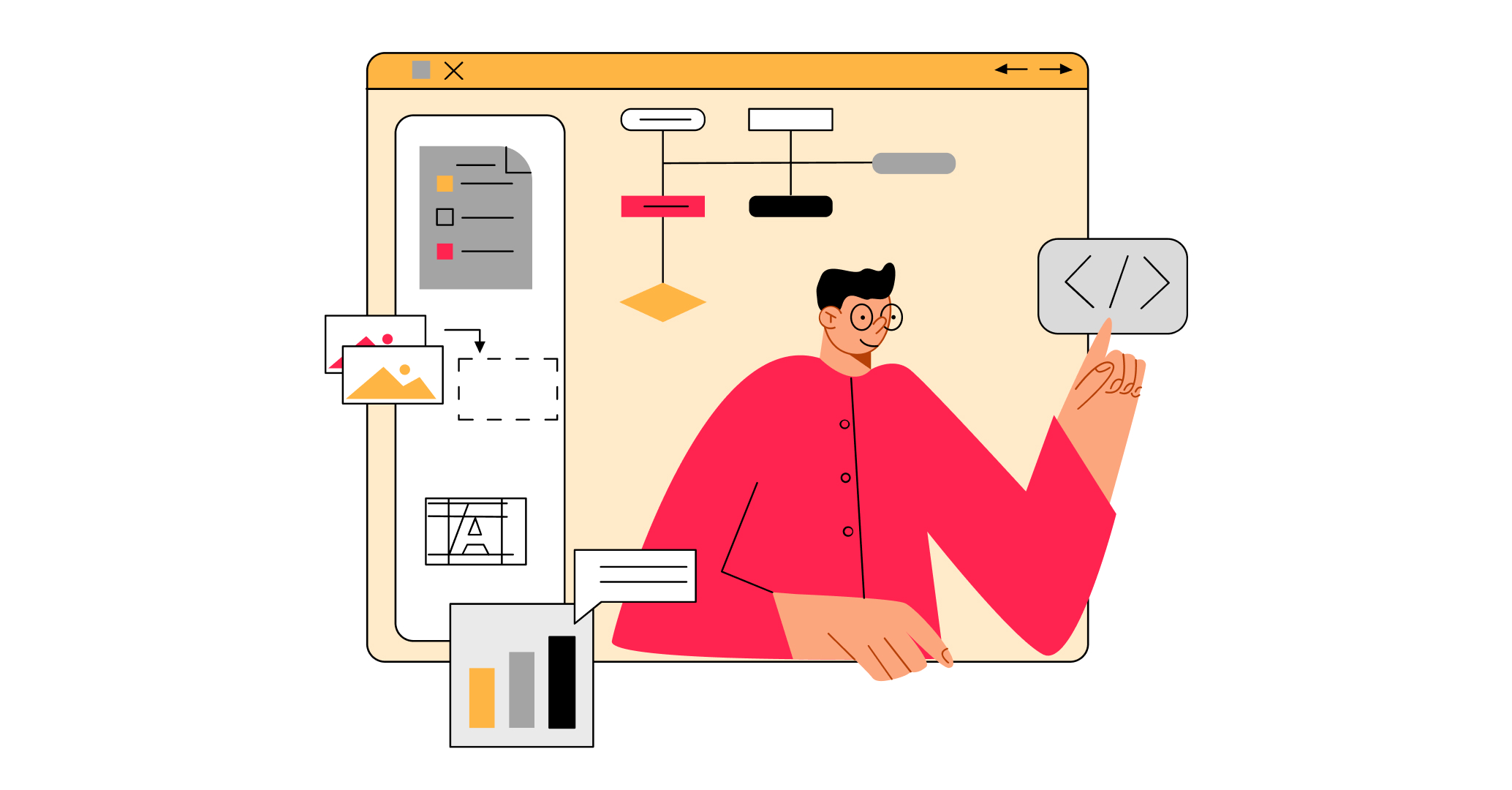How did Adwords change bidding at the end of 2023? (performance analysis)
What is AdWords? Google AdWords, now known as Google Ads, is an online advertising platform by Google. It allows businesses…

The impending phase-out of third-party cookies has been a hot topic in the digital advertising industry, with Google announcing another delay. While this may relieve some publishers, it’s important not to become complacent and instead prepare for the cookieless future and its impact on digital advertising.
In this article, we’ll take a closer look at the current state of alternative user identification methods and explore the latest updates on Google’s Privacy Sandbox and other solutions that publishers can adopt.
Google’s announcement of another delay in phasing out third-party cookies has provided a sigh of relief for most of us. The pre-launching period for trials and changes will last until Q2 2023. The “General availability” period will last one year until the second quarter of 2024.
What about the Privacy Sandbox – a collaborative project that aims to develop innovative technologies to prioritize privacy and replace third-party cookies? During this time, it will be active on 100% Chrome traffic, and the fade-out period will take two months in Q3 2024. Chrome will lose third-party cookies support after that. You may check more information here.
Google’s decision to phase out cookies will impact publishers who might procrastinate in preparing new user identification methods.
Moreover, Google needs to attract all supply chain members to test and adopt new Chrome APIs and increase transparency in the testing process. The addressability landscape update shows that Google Privacy Sandbox and FLEDGE trials are ongoing.
FLEDGE is a privacy-safe way to run remarketing and create custom audience solutions by advertisers to re-engage with site visitors. The user browser stores advertiser-defined interest groups instead of third-party servers, and the auction between retargeted ads and FLEDGE ads will occur on the user’s device. The FLEDGE test is aimed at developers trying new API features separately from other experiments and giving feedback. Primary participants are from the buy-side, including well-known retargeted Criteo and RTBhouse. They are testing aspects such as adding and removing users from interest groups while running ad auctions and serving users with ad impressions while registering clicks and conversions.
After moving tests to 1% Chrome users, RTB House served close to 7 million ads across 2,700 advertisers in 50 countries from early April to 15th September. Key takeaways mentioned by company representatives are:
On the other hand, according to Paul Bannister, chief strategy officer at Café Media, who participated in a test from the supply chain’s sell-side, the FLEDGE proposal worked “pretty easily.”
Secure Signals (previously Encrypted Signals) and Google’s support for Seller Defined Audiences (SDA) enable publishers to share their first-party data with advertisers in cases once done, e.g., only in private deals. SDA broadens it to open exchange and works with IAB standards for segment taxonomy. This solution will add a common language and help publishers group audiences more reasonably.
The optimal strategy to cater to a wide range of users is to utilize all available techniques, including both Open Market and PMPs/Direct methods, and employ various types of ID solutions, such as deterministic, probabilistic, and first-party data. Publishers must leverage multiple solutions to maximize user data and enable marketers to serve personalized ads across different platforms and devices. This approach will ultimately lead to increased demand and higher eCPMs. Publishers who are proactive and eager to stay ahead of the curve should experiment with different universal IDs as an alternative to cookies for ad targeting, which helps develop their unique strategies. These changes should also encourage the industry to implement new creative approaches to cookieless advertising.
In the last quarter of 2023, publishers will further test and implement Universal IDs, and Privacy sandbox initiatives will continue trials. Google will hopefully increase the scale of the test, as only large enough will allow the industry to determine the usability and effectiveness of its solutions. We might also expect more Sell Defined Audiences to be adopted.
Hopefully, the additional time before third-party cookies depreciation will be well spent by publishers exploring as many available ID solutions as possible and completing their strategy for the upcoming cookieless future.
Stay up-to-date with the latest news from the industry and subscribe to Yieldbird Digest – programmatic, newsletter for publishers.
LET’S GET IN TOUCH!

Piotr Niedziela
Optimization Expert
publishers@yieldbird.com

Karol Jurga
Chief Revenue Officer
See it in action.